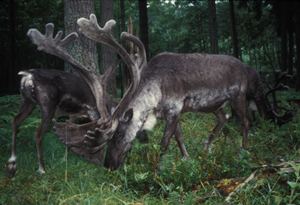 “The Idaho Department of Fish and Game will conduct lethal control actions on ravens in three study areas in southern Idaho beginning this spring, and evaluate whether the removal improves sage-grouse populations,” a department press release says. Sage-grouse are a candidate for listing under the Endangered Species Act, the press release notes.
“The Idaho Department of Fish and Game will conduct lethal control actions on ravens in three study areas in southern Idaho beginning this spring, and evaluate whether the removal improves sage-grouse populations,” a department press release says. Sage-grouse are a candidate for listing under the Endangered Species Act, the press release notes.
A Reuters article that ran in the Chicago Tribune points out that the department has ranked predation 12th out of 19 causes of the sage grouse’s decline. The Reuters article also notes that because ravens are protected under federal law, the state needed, and received, a permit from the US Fish and Wildlife Department for the lethal control study.
The Reuters article also notes that Nevada has already killed thousands of ravens in recent years in an attempt to save the sage grouse.
The Idaho press release says that raven populations have risen dramatically in the West. It also says that it will “work with landowners and land management agencies to implement non-lethal control of raven populations into the future. The goal will be to limit the ability of ravens to nest on artificial nesting structures, such as water towers, old buildings and transmission structures, and reducing or eliminating attractants such as dead livestock and garbage.”
Read the Idaho Department of Fish and Game press release here. It contains a link to a map of the study area.
Read the Reuters story in the Chicago Tribune here.
Photo: Raven, by Gary Stolz, courtesy US Fish and Wildlife Service

 A black bear attack on a 12-year-old girl in Michigan made national news last week. However, a
A black bear attack on a 12-year-old girl in Michigan made national news last week. However, a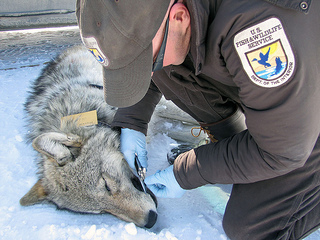 restoration efforts in the region began.
restoration efforts in the region began.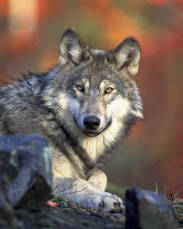
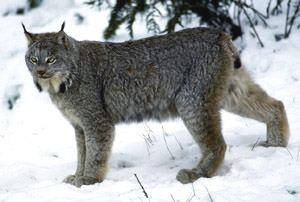
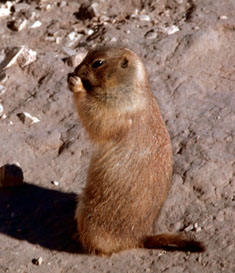 Oregon vesper sparrow and Mazama pocket gopher; mountain plover, burrowing owl and McCown’s longspur; the palila, a rapidly-declining Hawaiian honeycreeper; Karner blue butterfly, grasshopper sparrow, Henslow’s sparrow, and northern harrier; and white-tailed, Gunnison’s, Utah, and black-tailed prairie dogs are among the non-game species to benefit from this round of the
Oregon vesper sparrow and Mazama pocket gopher; mountain plover, burrowing owl and McCown’s longspur; the palila, a rapidly-declining Hawaiian honeycreeper; Karner blue butterfly, grasshopper sparrow, Henslow’s sparrow, and northern harrier; and white-tailed, Gunnison’s, Utah, and black-tailed prairie dogs are among the non-game species to benefit from this round of the 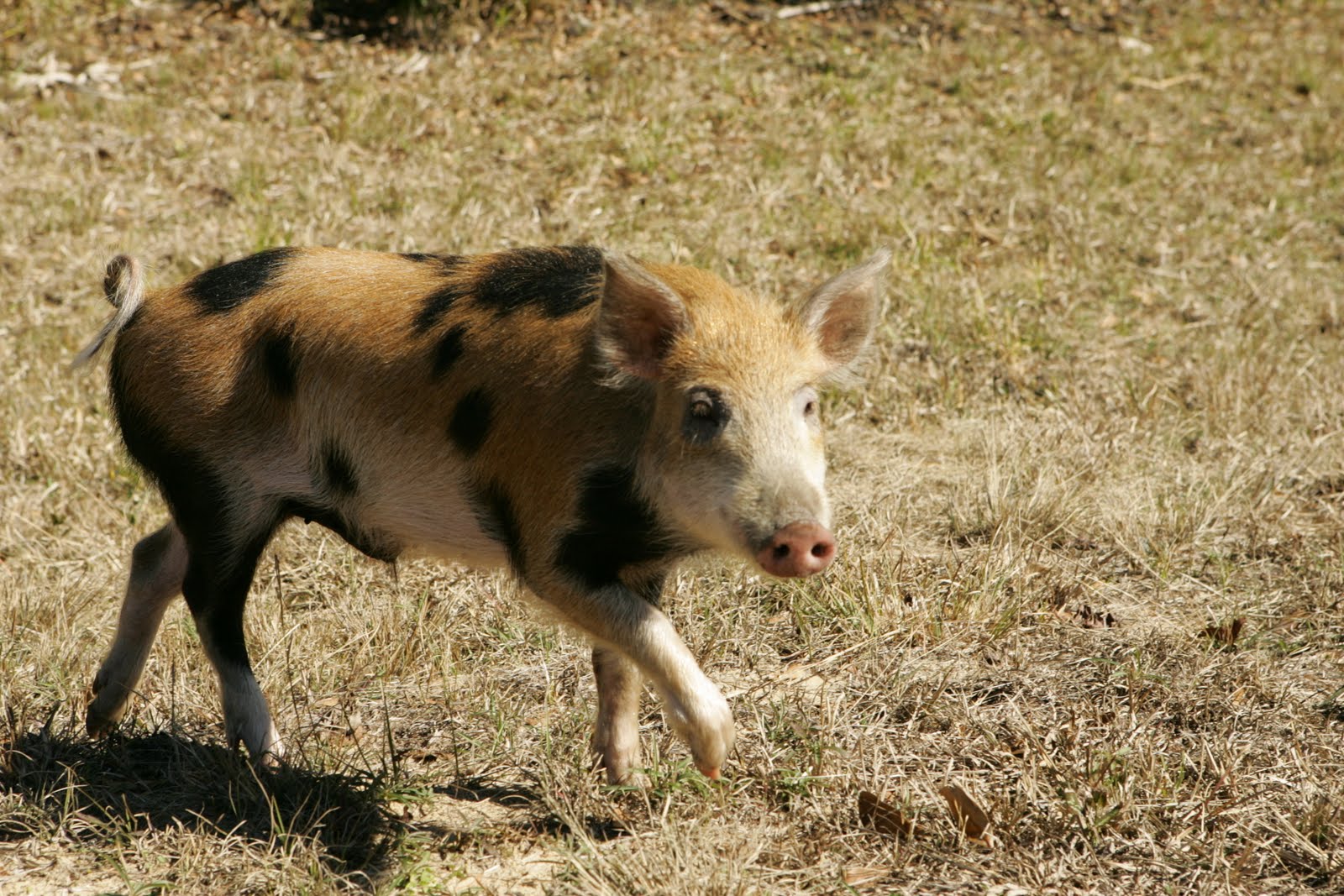 Old MacDonald never had it so good with his own domestic pigs. But if he has a farm in the Northwestern US, he may soon regret the success of feral swine, which have become a big problem in Idaho, Oregon and Washington.
Old MacDonald never had it so good with his own domestic pigs. But if he has a farm in the Northwestern US, he may soon regret the success of feral swine, which have become a big problem in Idaho, Oregon and Washington.